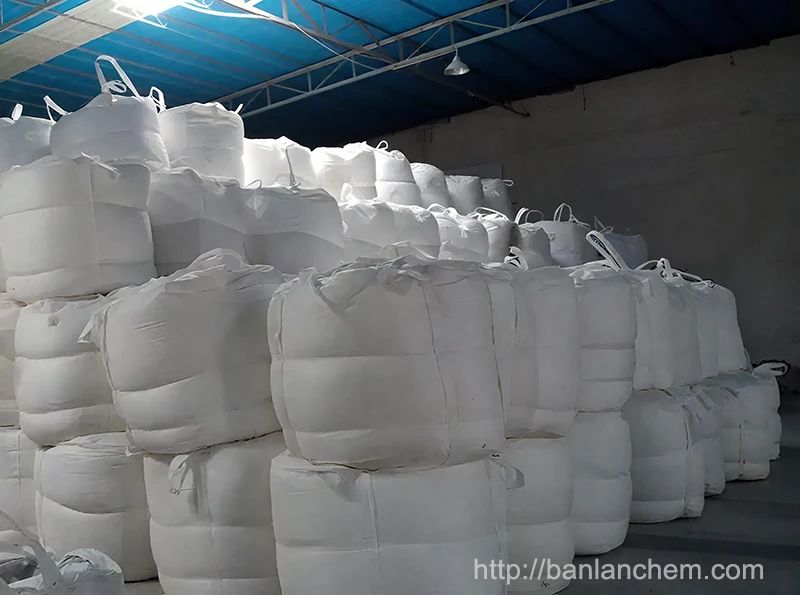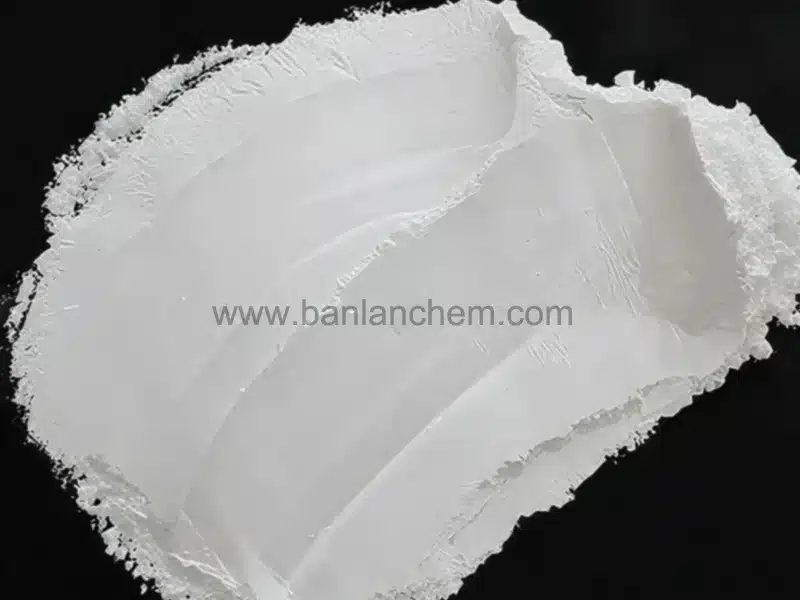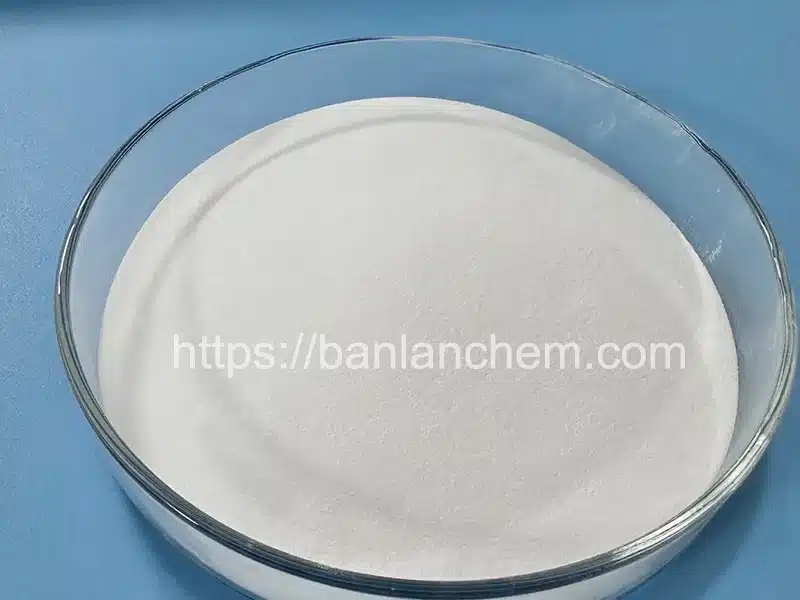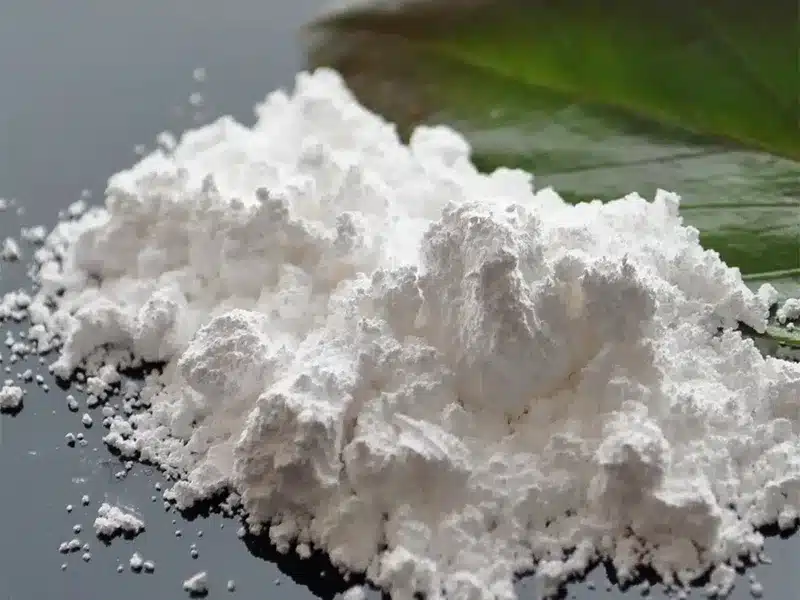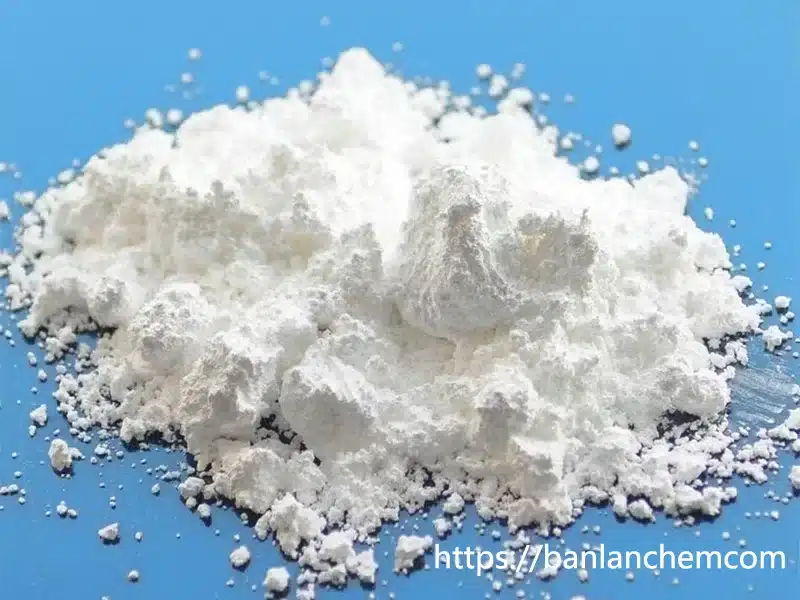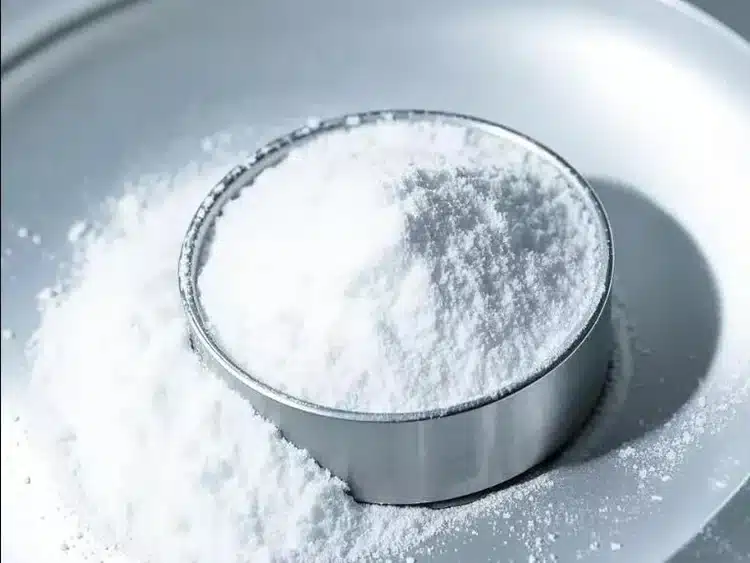What is the difference between Alumina Trihydrate and Tabular Alumina?
Alumina Trihydrate (ATH) and Tabular Alumina are two widely used materials in the alumina family. While both are derived from aluminum oxide (Al2O3), they differ significantly in their chemical structure, manufacturing process, physical properties, and industrial applications. Understanding these differences is essential for selecting the right material for various industries, from flame-retardant polymers to high-temperature refractory solutions.
What is Alumina Trihydrate (ATH)?
Chemical Formula and Structure
Alumina Trihydrate, commonly abbreviated as ATH, has the chemical formula Al(OH)₃. It is a hydrated form of aluminum oxide, meaning it contains bound water molecules that are released upon heating. This property makes it distinct from other forms of alumina, especially those used in high-temperature applications.
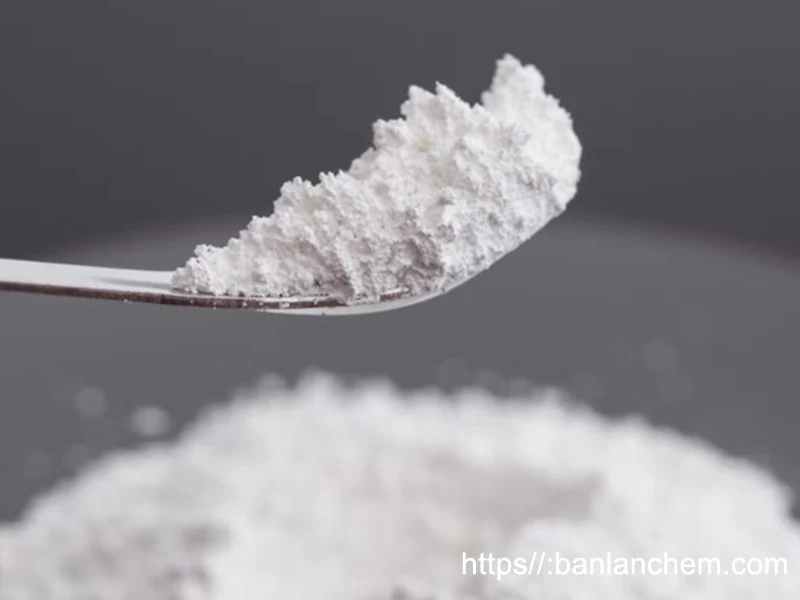
Physical Appearance
ATH typically appears as a white, fine powder. Its particle size distribution can be controlled during production, making it suitable as a functional filler in various applications. Its fine texture allows for easy blending into polymers, coatings, and other materials.
Key Properties
- Flame Retardancy: ATH releases water vapor when exposed to heat, which cools the material and suppresses flames.
- Smoke Suppression: It reduces smoke generation during combustion, making it ideal for wire and cable insulation.
- Chemical Stability: ATH is non-toxic and chemically stable, making it safe for use in consumer and industrial products.
- Filler Functionality: It improves mechanical properties and reduces material cost when used in polymer composites.
Common Applications of ATH
Alumina Trihydrate is primarily used in applications where flame retardancy and cost-effectiveness are crucial:
- Flame-retardant fillers in plastics and polymers
- Wire and cable insulation materials
- Coatings and adhesives
- Building materials such as solid surfaces
- Electrical and electronic components
What is Tabular Alumina?
Chemical Formula and Structure
Tabular Alumina is a high-purity, sintered alpha-alumina with the chemical formula Al₂O₃. Unlike ATH, it does not contain water. Its unique structure consists of large, tablet-shaped crystals formed through high-temperature sintering, which gives it superior mechanical strength and thermal stability.
Physical Appearance
Tabular Alumina is typically available in granular or fine powder form. Its crystalline structure and high density make it suitable for demanding industrial applications where strength and thermal resistance are critical.
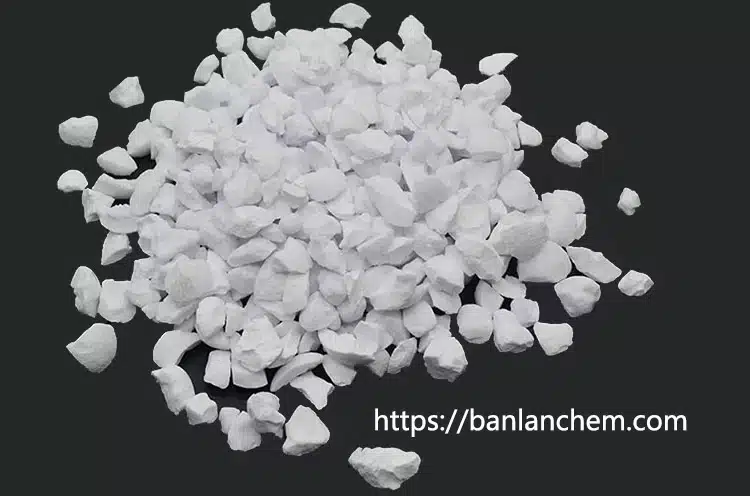
Key Properties
- High Refractoriness: Exceptional thermal stability, making it ideal for use in high-temperature furnaces.
- Mechanical Strength: Excellent load-bearing capacity, suitable for structural refractory components.
- Abrasion Resistance: Resists wear in severe operating conditions.
- Chemical Purity: High-purity alpha-alumina ensures minimal contamination in sensitive industrial processes.
- Dielectric Properties: Suitable for electrical insulation in high-voltage applications.
Common Applications of Tabular Alumina
Tabular Alumina is mainly used in industries requiring materials with exceptional high-temperature and mechanical performance:
- Refractories for steel, glass, and cement production
- Ceramic components such as kiln furniture and catalyst supports
- Investment casting molds
- Electrical insulators
- High-performance abrasives
Key Differences Between Alumina Trihydrate and Tabular Alumina
| Feature | Alumina Trihydrate (ATH) | Tabular Alumina |
|---|---|---|
| Water Content | Hydrated; releases water when heated | Non-hydrated; no water release |
| Crystal Structure | Amorphous to fine crystalline | Tablet-shaped alpha-alumina crystals |
| Manufacturing Process | Precipitated from aluminum salts, then dried | Sintered at high temperatures for full densification |
| Main Applications | Flame retardant, filler in plastics, coatings | Refractories, ceramics, high-temperature components |
| Chemical Formula | Al(OH)₃ | Al2O3 |
Choosing Between ATH and Tabular Alumina
The choice between Alumina Trihydrate and Tabular Alumina depends on the application requirements:
- If flame retardancy and smoke suppression are essential, ATH is the preferred material.
- If high-temperature resistance and mechanical strength are required, Tabular Alumina is the better option.
- For cost-sensitive applications, ATH is often chosen as a filler material.
- For refractory linings and ceramics, Tabular Alumina’s sintered structure provides the durability needed for extreme environments.
Conclusion
Although both Alumina Trihydrate (ATH) and Tabular Alumina belong to the alumina family, their distinct properties and applications make them suitable for different industries. ATH excels in flame-retardant and filler applications due to its water-releasing properties, while Tabular Alumina is indispensable in refractory and high-temperature applications for its strength and thermal stability. By understanding these differences, manufacturers can make informed decisions when selecting the appropriate material for their specific needs.


